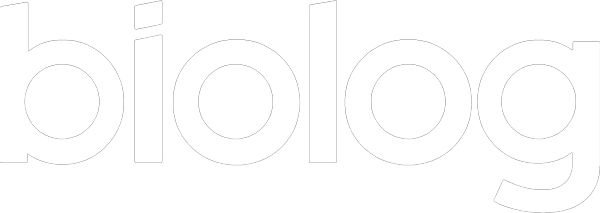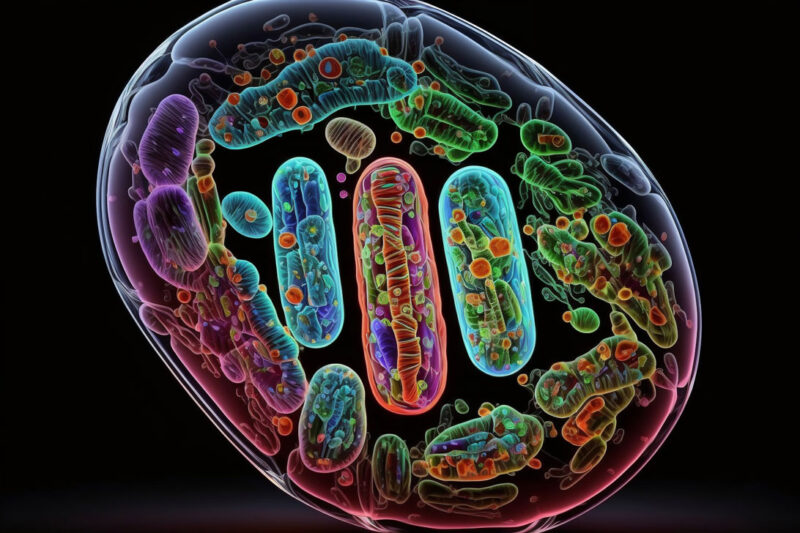Phenotypic Characterization (and Identification too)
Microbes are a hot topic as of late! Microbes have always been important for processes like baking and beer production (yeast) as well as the ability to produce proteins (bacteria) or small molecule drugs (fungi). As we delve further into understanding the microbes in and on the human body (microbiome) and microbes in soil (nitrogen fixation and alternatives to pesticides) the number of microbes there are to study and that are potentially useful for many applications, the need to understand new microbes increases exponentially.
Attaining genetic information on microbes is easier than it was years ago, and it’s getting cheaper and more efficient by the day. Genetic information tells you how an organism *should* behave, but that behavior can vary with its environment—and that environment will help determine if an organism thrives or survives.
Enter microbial phenotyping. You can start to characterize how an organism will behave in environments by controlling their food sources, the pH of the solution, the presence of microbial inhibitors at various concentrations, to name a few. By controlling the growth conditions, you can monitor whether a microbe can survive at all, if it can survive (by monitoring respiration or metabolism) or if it can thrive (are the microbes multiplying, or increasing biomass). To fully characterize an organism there are thousands of conditions that can be explored that will help clarify the expected outcome that the genome information may not fully convey.
Of course, doing this all is time consuming unless you’re already set up to do it. Luckily, we are—Biolog has been doing this type of work for nearly 40 years. We have also just added the offering to our Lab Services group, allowing us to perform this work on a project basis for people who are interested in this data. With the addition of the Odin™ platform, the Lab Services team can now offer phenotypic analysis for a more detailed view of microbe behavior.
What is needed for Phenotyping?
Phenotyping the Biolog way takes several components that we’ve spent decades perfecting.
- Phenotype MicroArray™ Technology enables researchers to explore the metabolism and kinetic growth of microorganisms. Pre-arrayed or customized panels contain thousands of conditions, offering a unique window into microbial activity. By assessing an organism’s metabolic responses to various substrates, we can deduce its functional properties, often with only a day’s worth of data collection. Performing a quick lit search produces thousands of citations utilizing PM technology.
- Odin is the software package and instrument that is designed specifically to accurately capture phenotypic data. Odin monitors metabolism of the substrate (via a reporter dye) and growth (by monitoring turbidity in dye-free applications). To truly understand how a microbe responds, it captures data points at regular intervals, providing not just a yes/no on microbe response, but also a kinetic trace of how effectively and efficiently the microbe handled the substrate in the well. This type of distinguishment can be important not just in screening and characterizing microbes, but also in understanding the impact of genetic changes, intentional or not, in the microbe.
All this and ID too
The same concept described for phenotyping can also be used to classify and identify unknown microorganisms. The process of substrate metabolism or inhibition is applied in the same way with a pre-selected set of substrates. All organisms have their own unique signature of growth: whether it can metabolize the substrate or not. Faster growing organisms, like aerobic bacteria, the rate at which a substrate is metabolized also can be used to distinguish different species.
Biolog Lab Services can use this principle to identify unknown organisms. Biolog has been doing this work for a long time, and the GEN III Test Panel is useful for identifying thousands of different aerobic bacteria, often in less than a working day. This test can complement other ID methodologies that are already used by us: 16S sequencing and MALDI-TOF.
How Biolog Lab Services is bridging gaps for our customers
Odin provides phenotypic insights to our customers in a multitude of fields. Here are a few examples:
- Environmental Microbiology: environmental researchers and ecologists can leverage the power of Odin phenotypic services to analyze samples, unraveling the secrets of microorganisms residing in soil, water, and other ecosystems. This knowledge is invaluable for ecological studies, contamination assessments, and biodiversity conservation efforts.
- Industrial Microbiology: our phenotypic lab services elevate quality control in industrial processes, such as food production and wastewater treatment. Companies can ensure product consistency and optimize production efficiency by identifying the microorganisms involved. Additionally, our contract testing services provide an avenue to outsource testing to seasoned experts, saving you time and resources.
Our innovative Odin instrument, the Phenotype MicroArray technology, an expansive (and expanding) microbial database, and the addition of multiomic identification capabilities to our Lab Service offerings provides you with the most information on your microbes at a single stop, ensuring that you stay at the forefront of scientific advancement.


